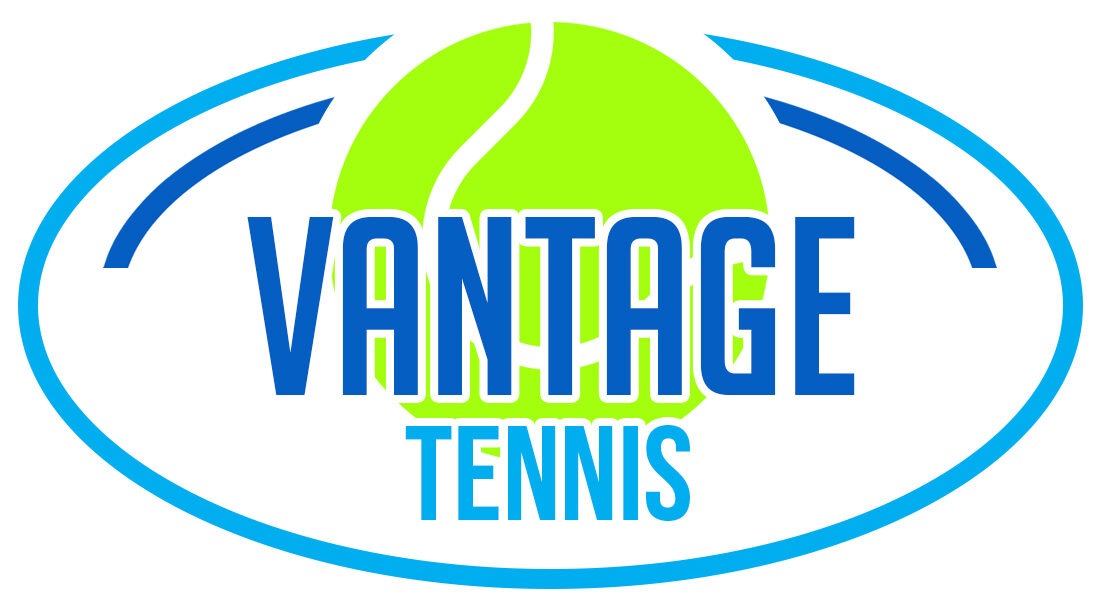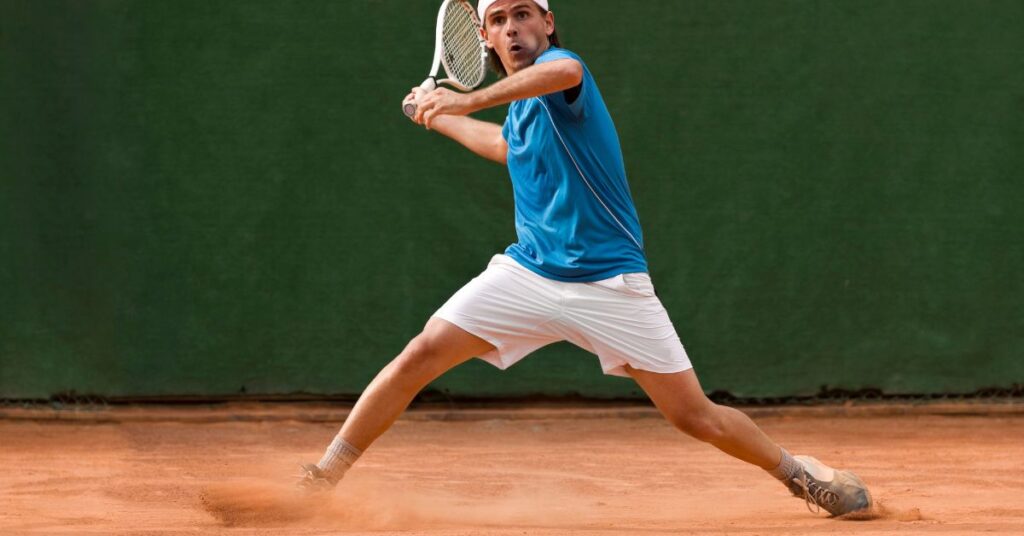When I first started playing tennis seriously, I quickly realized that hitting the ball well wasn’t enough. If I wanted to win more matches and keep up with tougher opponents, I needed to focus on movement. That’s when I began exploring agility exercises for tennis, and let me tell you—they transformed my game.
If you’ve ever felt a step too slow to reach a drop shot or struggled to recover after a wide forehand, then agility work should be at the top of your training list. Tennis is a game of constant motion. You need to stop, start, change direction, and explode across the court. In this post, I’ll walk you through exactly why agility exercises for tennis are so critical, and I’ll share specific drills and techniques that you can use to sharpen your own footwork and coordination.
Table of Contents for Agility Exercises for Tennis
Why Agility Matters in Tennis
To perform at your peak, it’s not enough to have good strokes. You need to combine speed and agility with excellent hand-eye coordination. That’s where agility comes in.
When I say agility exercises for tennis, I’m talking about drills that help you move efficiently in all directions, stop and start quickly, and maintain balance even when you’re stretched wide. Whether you’re sprinting for a short ball or pivoting to recover to center court, agility makes it all possible.
The faster and smoother you move, the more time you’ll have to prepare your shots—and that time makes all the difference.
The Role of Agility and Coordination
One thing I’ve learned through agility training is how closely agility and coordination are linked. Without coordination, your movements become jerky and inefficient. I’ve worked with several coaches who emphasized that improving footwork isn’t just about moving faster—it’s about moving smarter.
Every time you practice a lateral shuffle or a figure-eight drill, you’re training your brain and body to work together more efficiently. That’s the beauty of agility exercises for tennis—they improve both physical speed and mental reaction time.
Essential Agility Exercises for Tennis
Here’s where the fun begins. Below are some of the best agility exercises for tennis that I’ve personally used in my routine. They’ve helped me react faster, move more fluidly, and conserve energy during long rallies.
1. Lateral Cone Shuffle
Place four cones in a straight line, each about two feet apart. Shuffle sideways down and back, keeping your knees low and staying on the balls of your feet.
This drill is fantastic for developing balance and directional movement. It mimics the side-to-side movement used constantly on court.
2. Ladder Drills
An agility ladder is a staple in training for tennis players. Try exercises like the “in-in-out-out” or the “zig-zag” pattern. Focus on quick, precise foot movements.
This is one of those agility exercises for tennis that seems simple but becomes incredibly challenging when done with high intensity.
3. Figure 8 Sprints Around Cones
Set up two cones about five feet apart. Sprint in a figure-eight motion around them for 30 seconds, then rest for 30 seconds.
This builds your ability to change direction quickly—an essential skill if you want to dominate the field.
4. Drop Step Reaction Drill
Have a partner randomly point left or right while you’re facing them at the baseline. As soon as they point, use a drop step and sprint in that direction.
This reaction-based drill is a fantastic way to simulate real match situations. It’s one of my favorite agility exercises for tennis because it keeps you mentally alert.
5. High-Intensity Interval Training for Movement
You might be wondering what highintensity interval training has to do with agility. Well, combining HIIT with agility drills replicates match conditions where your body is under stress, but you still need to move efficiently.
Try a routine like 30 seconds of shuttle runs, 30 seconds of rest, followed by 30 seconds of cone drills. Repeat for 10–15 minutes. It’s a great way to have explosive bursts of energy with proper recovery.
How to Incorporate Agility Into Your Weekly Routine
You don’t need to train like you’re preparing for a Grand Slam, but consistent practice makes all the difference. I recommend including agility exercises for tennis in your routine at least 3 times a week. Ideally, do them at the start of your training session when your body is fresh.
If you’re already doing training for players that includes endurance or strength, start with agility first so you can put maximum effort into it.
Here’s what a weekly plan might look like:
- Monday – Ladder Drills + Cone Shuffles
- Wednesday – Figure 8 Sprints + Drop Step Drills
- Friday – HIIT + Lateral Movement Circuits
This plan balances endurance, speed and agility, and recovery while allowing your body to adapt gradually.
Tools and Resources That Help
When I started adding these exercises into my routine, I found a lot of help through video tutorials and professional guidance. One standout resource was Tennis Championship Productions, which offers agility-specific training videos created by elite coaches.
They break down each drill and explain the purpose behind it. If you’re serious about getting faster and more efficient, this is one of the best places to deepen your understanding of agility training for tennis.
Common Mistakes to Avoid
I’ve made plenty of mistakes on this journey, and I want to help you avoid them.
- Skipping the Warm-Up: Always warm up properly. Your muscles need to be primed for movement.
- Going Too Fast Too Soon: Start with slow, controlled movements. Speed will come with proper technique.
- Ignoring Recovery: Recovery is part of training. Without rest, you risk injury and burnout.
Don’t forget, agility exercises for tennis aren’t just about speed—they’re about precision. Quality over quantity is key.
Tracking Progress and Staying Motivated
One thing that kept me motivated during my agility journey was tracking progress. I’d time myself during ladder drills or count how many reps I could do in a set time.
You can even film yourself and watch for improvement in form. As you get better, you’ll start to notice how your improved movement translates directly to match performance.
There’s nothing more satisfying than sliding across the field to reach a drop shot you would’ve missed weeks earlier.
More about Agility Exercises for Tennis
How to Improve Your Agility in Tennis?
When I wanted to get quicker and more responsive on court, I focused on a mix of footwork drills, reaction training, and proper warm-ups. If you’re serious about improving your agility in tennis, I recommend starting with cone drills, ladder exercises, and side-to-side shuffles.
These help you change direction quickly and stay balanced during points. Also, don’t underestimate the value of consistency—if you do agility training 3–4 times a week, you’ll start seeing results in just a few weeks.
What Is an Example of Agility in Tennis?
One of the best examples I can think of is when you’re pulled wide for a cross-court shot and still manage to recover back to the centre quickly enough to cover the next ball.
I’ve had points where I barely reached a drop shot, but thanks to my agility, I recovered fast and was ready for the lob right after. If you’ve experienced that feeling of being everywhere on the field, even just for a few points—it’s probably your agility doing the work.
How to Improve Speed in Tennis?
I worked on my tennis speed by doing short sprints, interval training, and drills that focus on explosive starts. If you want to improve your speed, think quick bursts—10 to 20 meters at a time.
Try shuttle runs, sprints with resistance bands, or reaction-based movements like jumping into a sprint after a signal. But don’t forget: strength training for your legs and core also plays a big role. When I added squats and lunges to my routine, my movement felt more powerful during matches.
What Exercises Improve Agility?
For me, some of the most effective exercises to boost agility are ladder drills (especially the in-in-out-out), lateral cone shuffles, zigzag sprints, and jump rope. If you’re just getting started, begin with basic side steps and forward-backward movements around cones.
As you get more comfortable, you can increase the intensity and add reaction-based drills. I also like mixing agility work with tennis-specific movements—like combining footwork drills with shadow swings or short sprints to the net. It makes the training more fun and realistic.
Final Thoughts
If you’re looking to gain an edge in your game, look no further than agility exercises for tennis. They’re not just for professionals—they’re for anyone who wants to move better, react faster, and play with more confidence.
I know from personal experience how frustrating it is to feel a step behind. But it doesn’t have to be that way. With consistent practice and smart movement strategies, agility exercises for tennis can completely transform your game.
Whether you’re a casual weekend player or training for competitive matches, agility matters. Make it a priority, and I promise you’ll notice the difference—not just in how you move, but in how you feel while playing.
So what are you waiting for? Grab your ladder, your cones, and your tennis shoes. With the right attitude and the right plan, you’re ready to become better like never before.








